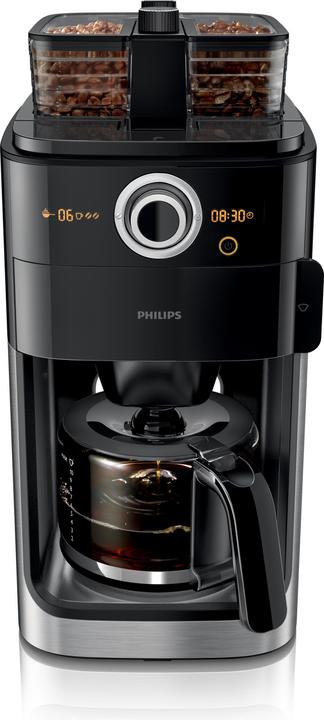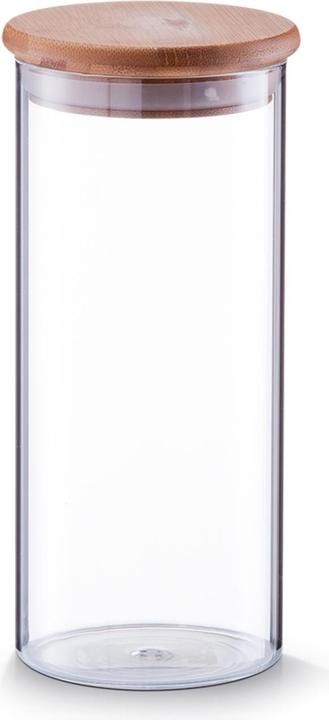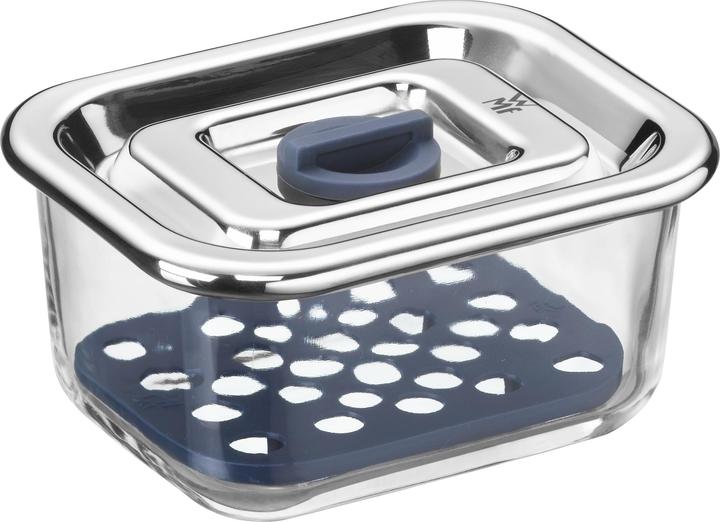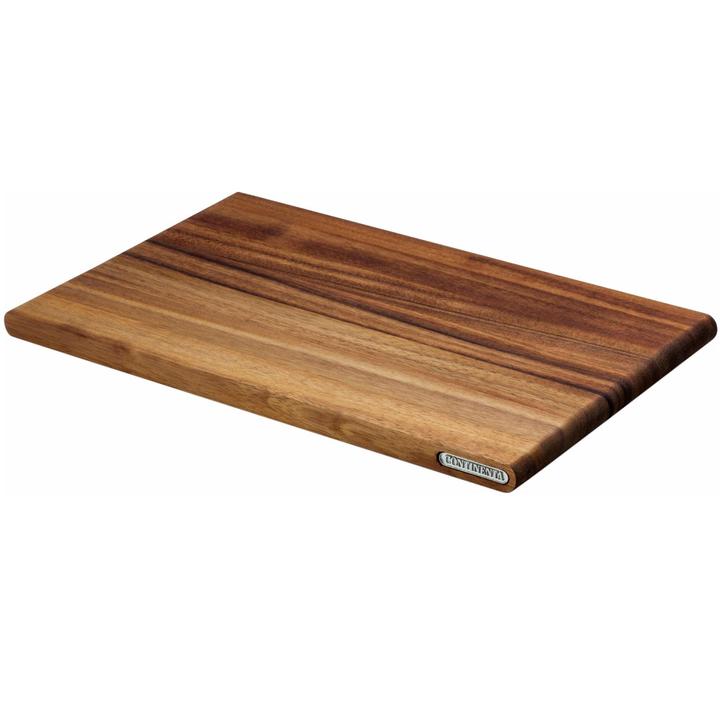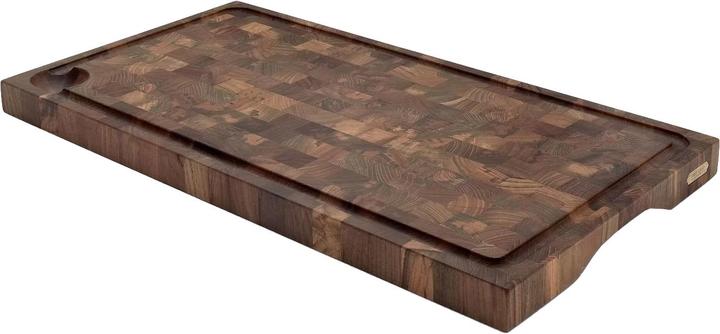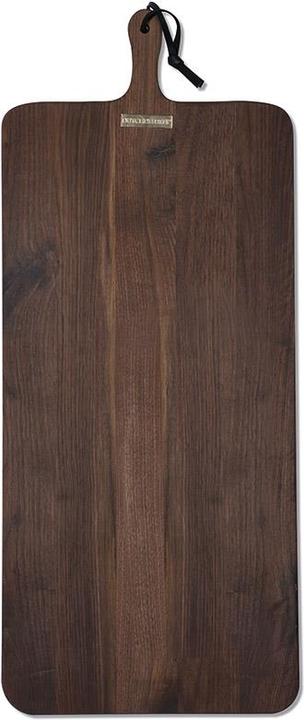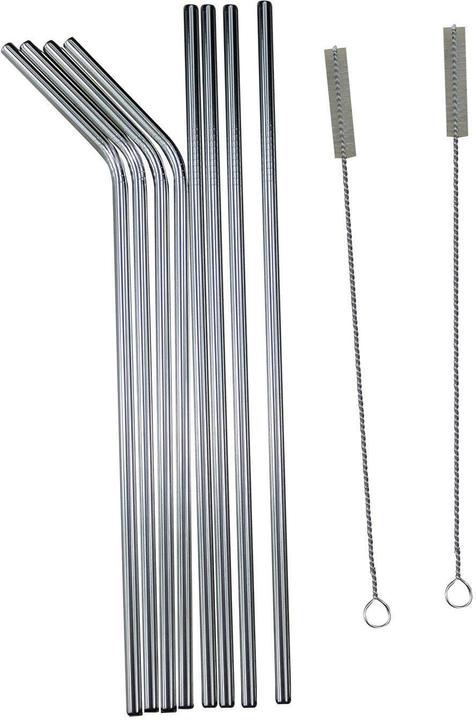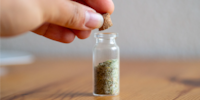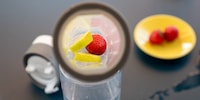
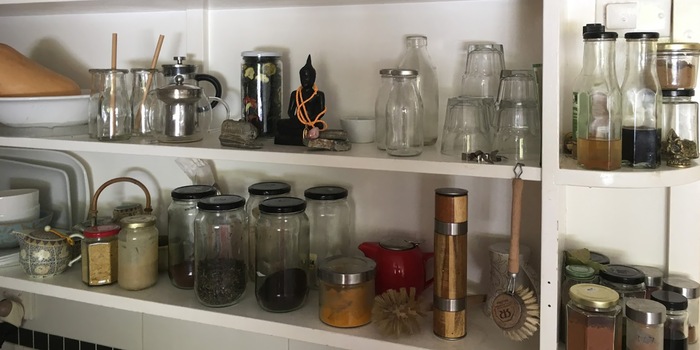
How to banish plastic from the kitchen
Plastic containers can be great for storing food and for on the go but they’re pretty bad for the environment. I’ve pulled together some tips to help reduce your carbon footprint and rid your kitchen of plastic.
Plastic is incredibly practical. And yet it’s a major headache for environmentalists. It says something when the local supermarket chains start asking you to pay for plastic bags. In the meantime, I’ve been on the search for plastic-free(ish) kitchen solutions to make it as easy as possible to do your bit for the planet.
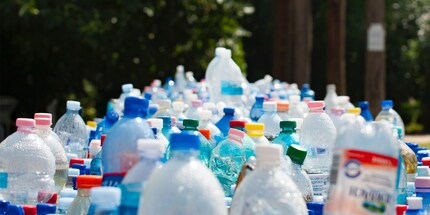
Why buy everything in plastic bottles when there’s a more eco-friendly way?
Drinks
I still struggle to comprehend how the likes of Evian and Vittel find it so easy to be successful. I mean, come on. Water runs out of taps in every Swiss home and it tastes just as good. All the more reason to ban bottled water from the kitchen and opt for reusable drinking jars and jugs for your water instead.
Coffee
Obviously, no one can deny coffee pods and capsules are handy. You can get them in different flavours and use them in almost any type of coffee machine. Some manufacturers use plastic capsules but these just add to the mountains of kitchen waste. If you opt instead for fair trade filter coffee, you’re not just reducing the amount of plastic you throw away, you’re also doing something good for the environment.
Fruit and veg
There’s bound to be a market near you where you can buy fresh fruit and vegetables from farmers. The advantages of this are you get to sidestep any unnecessary plastic packaging, support local businesses and reduce your carbon footprint. A lot of farmers have their own farm shops where they sell their produce and it’s usually fresher, healthier and cheaper than buying from a big supermarket.
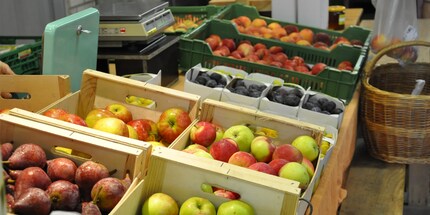
You can get fresh and unpackaged fruit and vegetables at farmers’ markets.
Glass containers
Rather than storing your food in plastic containers in the fridge, try using a glass container next time. It’s not just that these look nicer and cleaner; they usually last longer than their plastic counterparts, too. You just wash them and use them again and again – it’s as simple as that. And the benefits are they don’t melt, they don’t look dirty even after they’ve been used many times and they help you reduce your plastic waste.
Wooden chopping boards
A lot of people think plastic chopping boards are more hygienic and therefore less susceptible to germs. Nope. There is yet to be a study that proves they are cleaner than wooden boards. On the contrary… did you know that wood actually has natural antibacterial properties? It looks like we can wash our hands of chopping on plastic then.
Buying new kitchen products
Whether it’s just the dish scrubber that’s given up the ghost or something as big as the juicer, there’s one key thing to bear in mind. When you’re buying something new for the kitchen, make sure it doesn’t contain plastic. You can now even get straws made of glass and metal – they’re easy to wash and reuse. And if you opt for a bar of kitchen soap rather than the liquid variety, you bypass any plastic bottles.
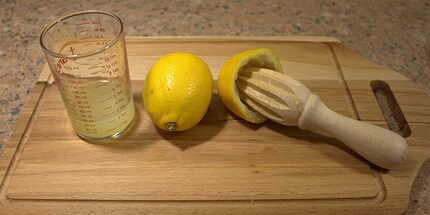
Wood and stainless steel are good for the planet and they come in many different guises, from straws, to juicers and dish scrubbers.
Beeswax wrap
The perfect swap for tinfoil is a thing called beeswax wrap or just wax wrap. As the name suggests, these are made mostly of wax and other natural materials. The bonus is they keep your food just as fresh as aluminium and cling film or plastic wrap. And on top of that beeswax wraps are also reusable.
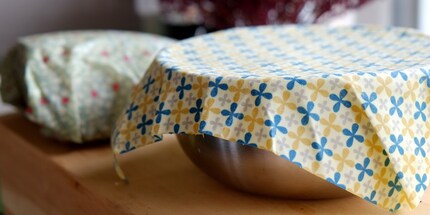
Beeswax wrap keeps your food just as fresh as cling film or plastic wrap but it’s much more environmentally friendly.
Everyone taking one small step becomes a collective leap
As you can see from the examples above, you don’t need to take radical steps and transform your lifestyle in order to reduce your plastic kitchen waste. Doing your bit for environmental protection really does just come down to taking baby steps. And it’s not like they come at the expensive of comfort or luxury. It’s also important to remember that it gets easier once you’ve taken action once because you get into a routine. After that first important step, everything just becomes automatic.
When I'm not stuffing my face with sweets, you'll catch me running around in the gym hall. I’m a passionate floorball player and coach. On rainy days, I tinker with my homebuilt PCs, robots or other gadgets. Music is always my trusted companion. I also enjoy tackling hilly terrain on my road bike and criss-crossing the country on my cross-country skis.
Practical solutions for everyday problems with technology, household hacks and much more.
Show all


